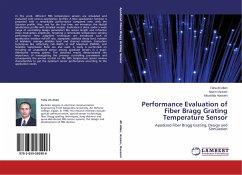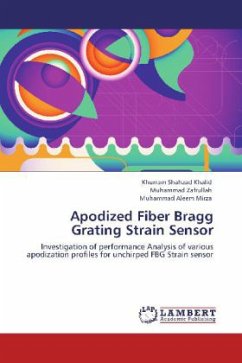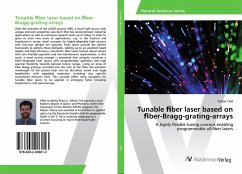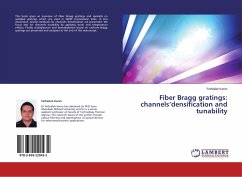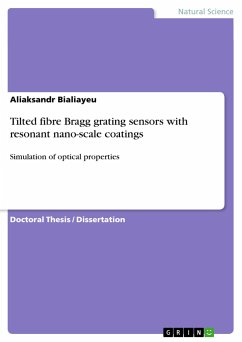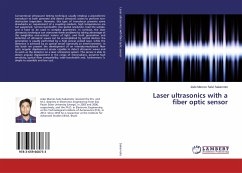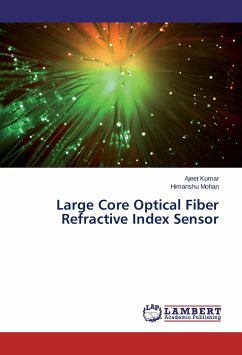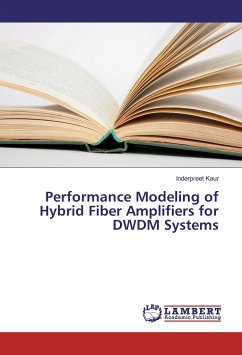In this work, different FBG temperature sensors are simulated and evaluated with various apodization profiles. A New apodization function is proposed with a remarkable performance compared even with the Gaussian profile. Also, and for the first time, we introduce the Nuttall apodization profile with detailed analysis. Evaluation is done under a wide range of controlling design parameters like sensor length and refractive index modulation amplitude, targeting a remarkable temperature sensing performance. New judgment techniques are introduced such as apodization window roll-off rate, asymptotic sidelobe decay level, number of sidelobes, average sidelobe level and channel isolation. Evaluation techniques like reflectivity, Full Width at Half Maximum (FWHM), and Sidelobe Suppression Ratio are also used. A study is performed on including an unapodized sensor among apodized sensors in a quasi-distributed sensing system. The obtained results demonstrated the importance of investigatingthe previous controlling parameters and consequently the precise control on the FBG temperature sensor various characteristics to get the optimum sensor performance according to the application needs.
Bitte wählen Sie Ihr Anliegen aus.
Rechnungen
Retourenschein anfordern
Bestellstatus
Storno

